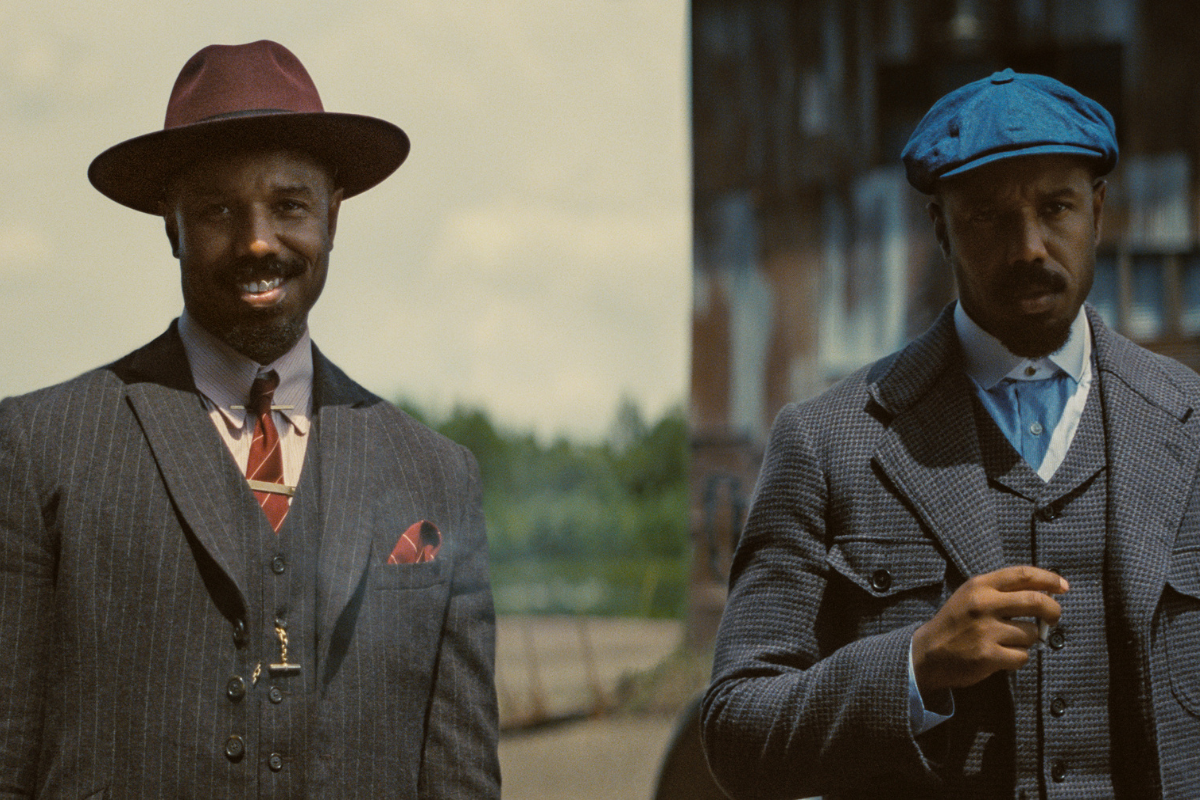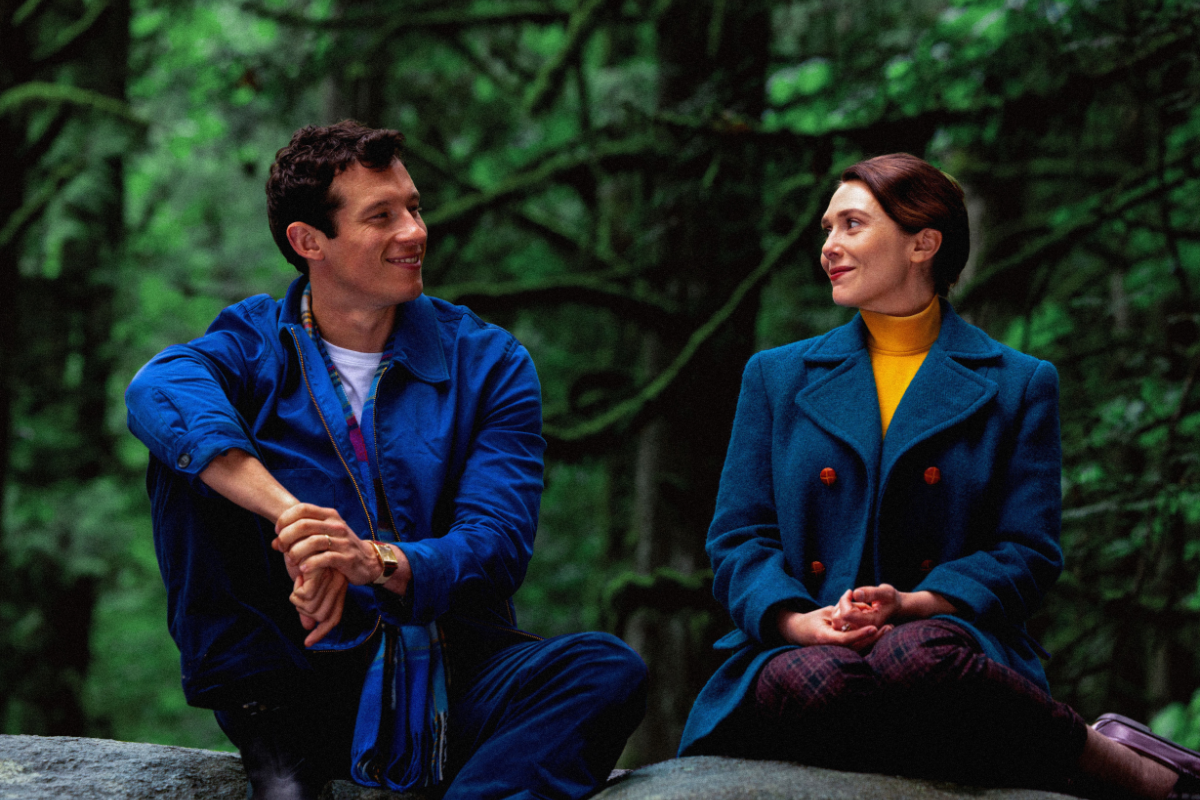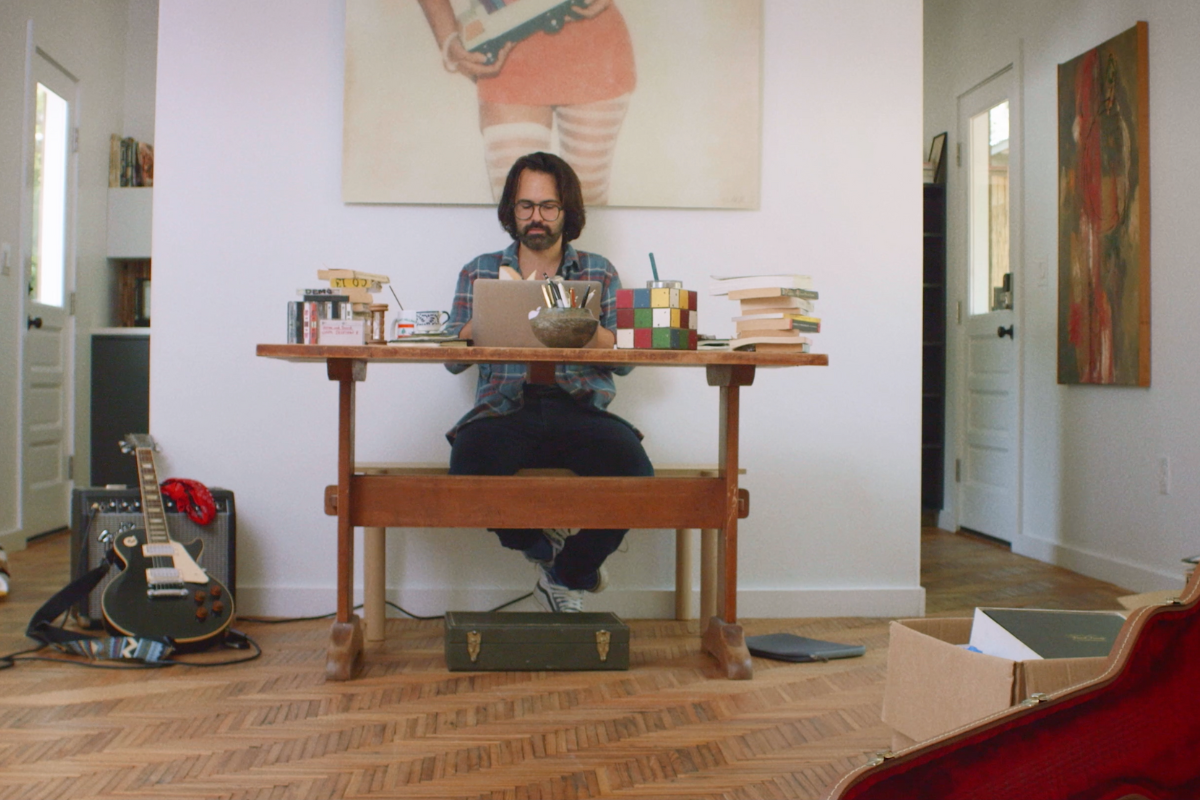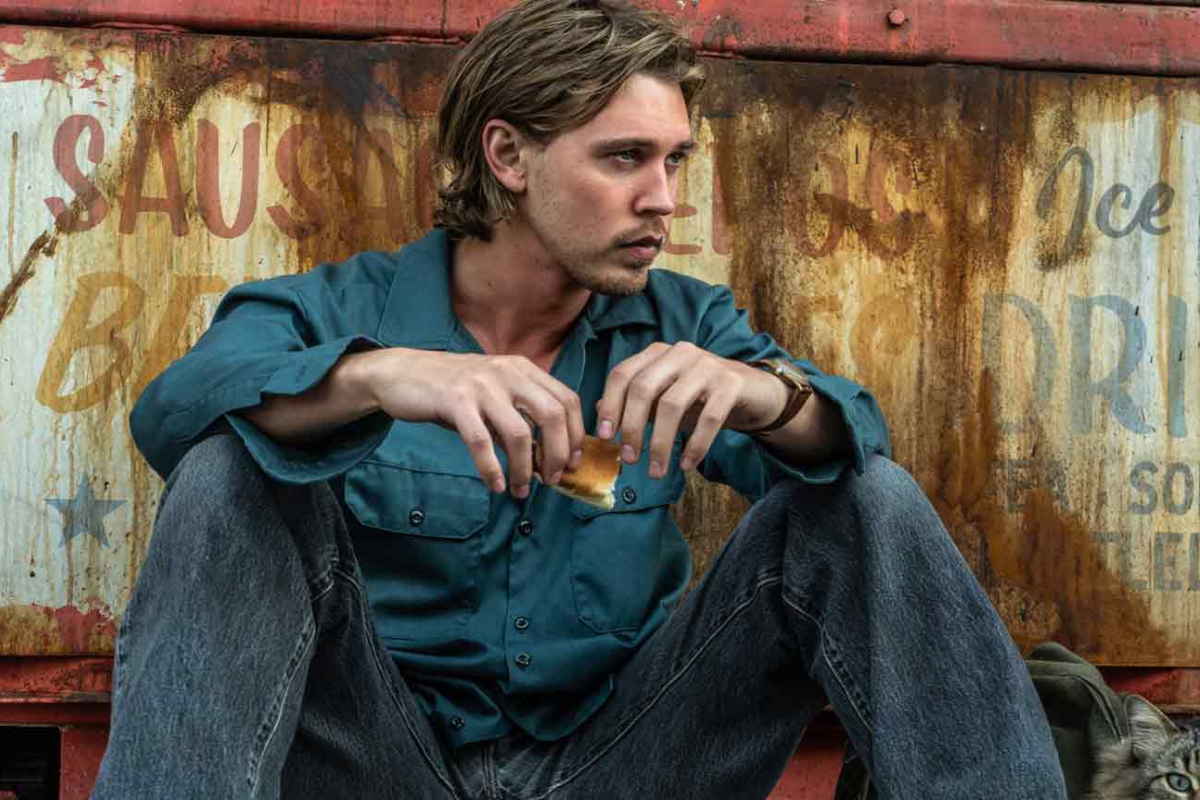COMEDY WRITING: Funny Character Arcs Follow a Different Path
Most people assume that character arcs always follow the same path. But in comedy, they often take a wrong turn along the way.
Most people assume that character arcs always follow the same path. But in comedy, they often take a wrong turn along the way.
Character arcs, character growth—same thing. Same very important thing. We don’t see them in all stories but whether it’s Dorothy dousing a witch to save her friends or Luke going all Jedi on a death star, empowerment through character growth can make a story much more compelling and satisfying.
Step by step, a protagonist transforms from some form of being selfish and self-centered, to being selfless, courageous, perhaps even god-like. The gradual transformation seems reasonable, develops logically…
But hang on, that’s what happens in a typical drama. Most people assume the same happens in a comedy, but flash back to some of your favorite films—in comedy, character arcs often take a wrong turn along the way.
Wrong turn? From what? Let’s start there.
CHARACTER ARCS IN DRAMA
So, how do character arcs work? Or, how do we expect them to work?
Stage one: you can’t improve if you’re already perfect. In a drama that features main-character growth, the protagonist starts out as a flawed individual who has some critical psychological shortcoming (or “need”) that causes him or her to act in an inappropriate manner. In broadest terms, the character is somehow selfish, misguided, or even evil, but does not know that. Or knows that and just doesn’t care. Grumpy Shrek lives alone in a swamp to avoid rejection, but he needs to connect with others, maybe even find love. Amoral Jaime Lannister of Thrones has few qualms about sleeping with his sister or shoving kids out windows, but he needs to act justly and become a selfless champion of men.
Once the protagonist’s psychological need is established, growth occurs in stages as events and revelations cause his or her personal values to change. Each of these shifts in turn causes the protagonist’s goals and actions to change, pointing the story in a new direction and raising the dramatic stakes. Often, the protagonist’s goals start out small and self-serving, and then blossom into important, altruistic, humanistic missions. Consider Oskar Schindler’s awakening in Schindler’s List. Or Luke Skywalker in the first Star Wars film produced (Episode 4?), or Dorothy in The Wizard of Oz.
Sometimes, character growth causes the protagonist to have a bigger stake in the story’s outcome (“Now it’s personal!”). And sometimes a protagonist faces an obstacle so formidable that in overcoming it, the character experiences an instant and profound transformation—think Iron Man’s Tony Stark promptly morphing from warmonger to peacenik, or Pulp Fiction’s Jules Winnfield sidestepping death and instantly declaring he’s done with killing.
HOW MANY STAGES?
How many stages are there in a character arc? All arcs start with establishing the character’s need, but then it depends. The protagonist in a soft, low-key film like Napoleon Dynamite might go through only three or four stages: Napoleon starts as a loner…he learns to be a friend…he helps a friend achieve his goal…and advances to having a girlfriend. Napoleon’s growth is all baby steps and the story’s dramatic stakes remain small throughout.
Protagonists in more dramatic films typically go through five or more stages. Luke Skywalker? In Episode 4, he goes from selfish farm boy to wanting to avenge his murdered relatives, to fighting for a noble cause, to fearless X-wing pilot (he learned to fly spaceships where??), to godlike warrior. Five stages in a really big arc.
Dorothy? She goes from selfish farm girl to helpful stranger, to one who invites friendship, to brave leader, to loving protector willing to sacrifice all. Another huge arc, and another great example of how personal values dictate a protagonist’s goals and actions.
Of course, the last stage of a character arc is the big payoff of the story, a culminating moment in which the protagonist has finally grown enough to correct his or her flaw and become the person the character was meant to be. And it’s only at this point that the character has gained the wisdom, courage, faith, strength, skills, or all of the above, needed to win the story’s final battle. When Luke tries to blow up the Death Star, he succeeds only because he finally allows himself to fully “trust the force.” Dorothy doesn’t try to kill the witch; that happy accident occurs only because Dorothy has become a person willing to risk her life for a friend. An artfully honed character arc not only helps drive a story by prompting organic actions and providing the key to final victory, it adds emotional weight to what would otherwise be plot-only entertainment.
So, in all great stories the protagonist experiences character growth, right? Well, no.
TRAVELING ANGELS
In what some call a “traveling angel” story (I think guru John Truby coined the phrase), the lead character starts and ends the story exactly the same. Traveling angels are already the perfect versions of who they are, warts and all, so why change? They don’t become more selfless or wise, they don’t find love, their values don’t shift. Think James Bond (at least when the writers aren’t forcing a temporary love interest on him), or in comedy, Ferris Bueller or Jeffrey “The Dude” Lebowski.
Many times, especially in traveling-angel tales, one or several supporting characters—and on rare occasions, even an antagonist—experience their own character growth. However, their arcs cover less ground and have a much smaller impact on the main plot. It might be Dorothy’s story, but the Scarecrow, the Tin Man, the Lion, and even the Wizard also overcome their psychological flaws. It’s not just Luke who grows up; absent-dad Darth Vader finally turns from the dark side and sacrifices his life for his son.
NEGATIVE CHARACTER GROWTH
Of course, drama isn’t all good-guys-win and happy endings. Sometimes a protagonist experiences a negative character arc. He or she starts off as principled and selfless but is then seduced or dragged to the dark side, often despite the character’s best efforts to resist. Michael Corleone of Godfather I was primed for a successful, law-abiding life completely divorced from his family’s criminal empire, but then step by tragic step…
An interesting variation of negative arcs occurs in some sci-fi and horror films, in which an appealing character either devolves into or is gradually revealed to be an increasingly menacing monster. Examples abound in classics like The Fly, The Shining, countless vampire and zombie flicks, and my favorite, Terminator I—in which naked-stranger-Arnold becomes evil-cyborg Arnold, then unstoppable-killing-machine Arnold.
In a clever twist, Terminator’s filmmakers later reversed Arnold’s negative character arc for a few sequels, transforming him from menacing monster to clueless babysitter. This approach was even recycled for the small screen, when a protective female terminator was added to the cast of a drama-series spin-off, The Sarah Connor Chronicles.
And that’s about it. Those are the logically-building, values-guided character arcs that everybody likes seeing and assumes are the norm. But in a comedy?
FUNNY ARCS TAKE A WRONG TURN
In a comedy, the protagonist usually starts a character arc in exactly the way you’d expect: he or she has a psychological shortcoming and isn’t aware or just doesn’t care. But as the story develops and events affect the main character’s values, that arc often takes a wrong turn.
Consider Bridesmaids. Main-character Annie starts the film as a total loser. She’s lost her dream business, has a crappy job, no money, no self-esteem—all she has left is Lillian, her BFF, and a first-class jerk of a boyfriend. Her need, the first stage of her arc, is obvious: she needs to quit her pity party and find the strength to rebuild her life. And the path for her character arc seems clear: she’s ill-equipped to be a maid of honor who’s supposed to create a dream wedding, so there’re plenty of opportunities for character-building conflict ahead. There’s even a formidable villain on approach: pretty and perfect Helen, who’s capable in every way that Annie isn’t and who is eager to steal Annie’s BFF.
And here’s where things go wonky. It’s not hard to imagine how Annie’s arc might continue if this were a drama. One possible example: selfish Annie half-heartedly tackles her new duties, or maybe even shirks them, but that backfires…Annie realizes she’s letting her BFF down and steps up her efforts, but crafty rival Helen outmaneuvers her…At a critical point, Annie cuts some corners to achieve a big victory but Helen uses deceit to sabotage Annie’s plans, and all seems lost…But Annie picks herself up and courageously reenters the fray, willing to do whatever it takes to see that her BFF gets what she wants…At story’s end, thanks to Annie’s having grown into the selfless person she needs to be, she’s able to cleverly crush the villain and become a heroine to her peeps.
But that’s not what happens. Instead, this being a comedy, Annie’s first action is to selfishly save money when booking the bridesmaids’ luncheon, which leads to everyone but Helen getting food poisoning…Then Annie doubles down on cheap by pushing for a bachelorette party at a relative’s rustic cabin…Then she gets so bombed on a plane that her BFF’s Vegas-bachelorette-party trip is ruined…Then Annie becomes so petty and bitter at the BFF’s bridal shower that she ruins that, too. Instead of gradually going from selfish to selfless, Annie’s arc goes from selfish to more selfish, to completely ignoring her best friend’s interests, to becoming openly hostile and ruining her friend’s happiness. The story still ends on a happy note as Annie finally realizes her mistakes and becomes the person she needs to be, but that wrong turn early in the character arc caused a lot of trouble along the way.
Crazy Rich Asians is another example. Rachel, a successful and confident economics professor, has found love with Nick and needs to commit to their relationship so the two can be happily married. But when introduced to his high-society relatives, she is rudely told she’ll never be good enough to join their family. In a drama version of this story, one might expect to see Rachel mount a campaign to overcome or sidestep her opponents, growing wiser as she wins and loses battles along the way. But in this film, strong and independent Rachel promptly lets her opponents’ values overpower her own, and her arc veers off course as she embraces weakness and runs away. Ultimately, she gets back on track and wins the day, but one has to wonder—why interrupt the protagonist’s growth when taking a comedic approach to this story?
WHY THE WRONG TURNS?
Why? What’s the benefit? Two reasons come to mind.
First, comedy loves bad decisions. Funny stories often start with the protagonist doing something he or she should not. Then the character makes even worse decisions as the story drives forward. Remember The Hangover? Meet the Parents? Wedding Crashers? Make a protagonist’s arc take a wrong turn and your character’s new, screwed-up values are guaranteed to spawn some very bad, very funny decisions. Stealing Mike Tyson’s tiger, trying to pass off a fake Mr. Jinx, turning to funeral crashing with lowlife Chazz—all bad moves for the protagonist. But great opportunities for a writer to find humor in a story.
Second? It’s hard to keep a funny story from being predictable. Because you don’t see a lot of comedies in which the hero ends up losing to the bully, getting killed by the bad guys, or failing to land the babe who is so out of his league. Audiences want happy endings and expect comedies to have happy endings, but they still want those endings to be a surprise—not fair! So, why not cheat, for the viewer’s benefit. Have the protagonist veer off the path to that happy ending, make some bad decisions, build suspense, put the happy ending in jeopardy, and then turn things around at story’s end. Problem solved, the ending is no longer predictable. Mostly. And everyone goes home, well, happy.
Do these character-arcs-that-take-a-wrong-turn occur in all comedies? No. Look at Legally Blonde and Elf—both feature strong-willed characters who develop in a positive, straightforward fashion as they march forward. And in a blended-genre story that’s more drama- or action-driven than a pure comedy, such as Shaun of the Dead and Guardians of the Galaxy 1, the arcs usually stick to the expected path.
So, this wrong-turn thing isn’t a rule. And if it were, it’d be your right as a creative, free-thinking writer to break it. But the next time you’re crafting a comedy, you might want to consider what fun could result if you shoved your protagonist in the wrong direction.
Need help elevating your plot and characters? Register for Screenwriters University's self-paced course, Creating Authentic Emotional Conflict
REGISTER NOW!
Scriptmag.com is a participant in the Amazon Services LLC Associates Program, an affiliate advertising program designed to provide a means for sites to earn advertising fees by advertising and linking to Amazon.com and affiliated websites.
Evan Smith has written for NBC, CBS, FOX, USA, and various producers, and has worked as a programming VP responsible for developing network TV movies, specials, and series. Evan is the author of the bestselling book WRITING TELEVISION SITCOMS, he teaches screenwriting at Syracuse University’s Newhouse School, and he serves as a private script consultant for screenwriters and entertainment companies. Evan also contributes to Writer's Digest online magazine.







